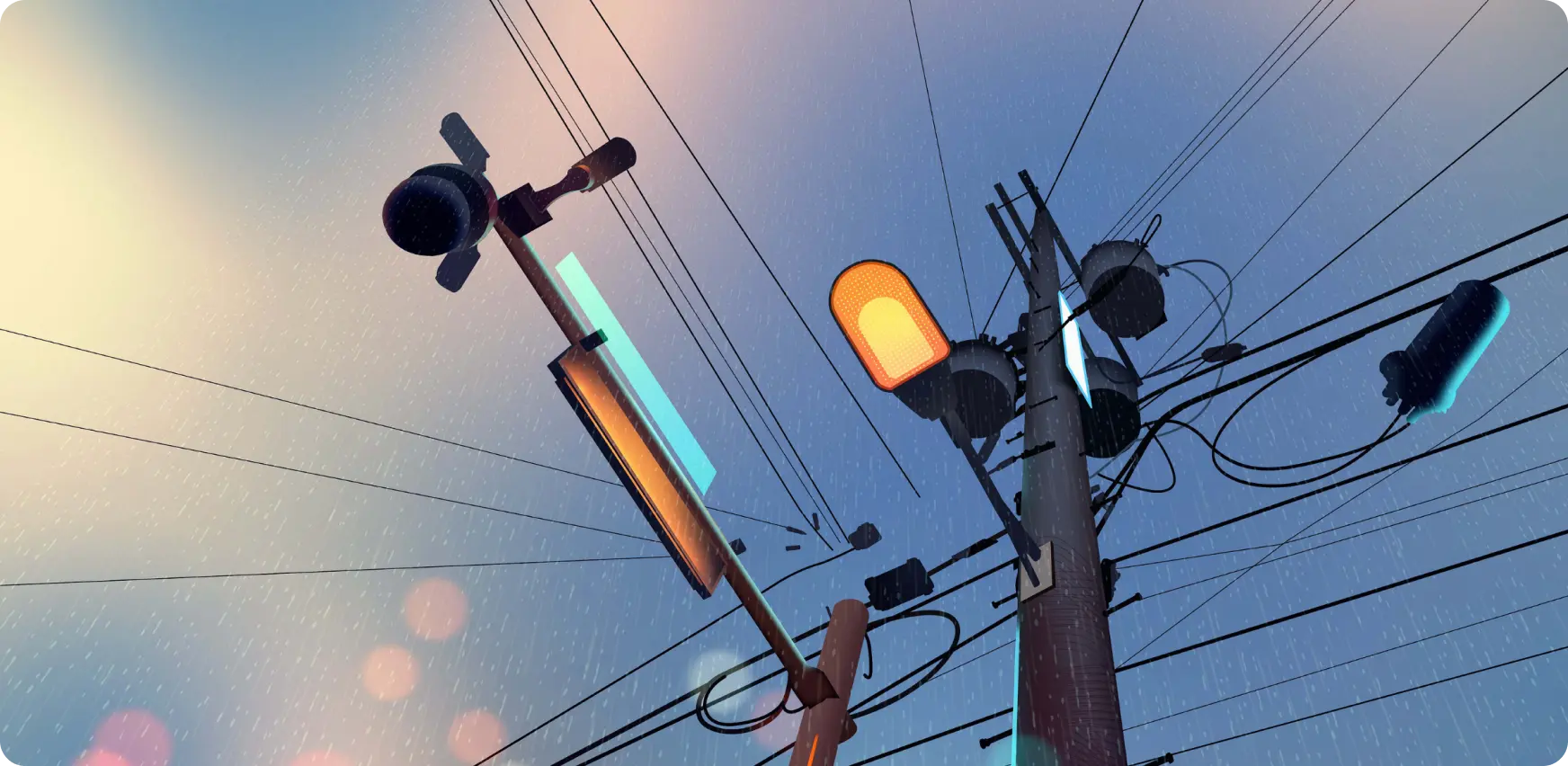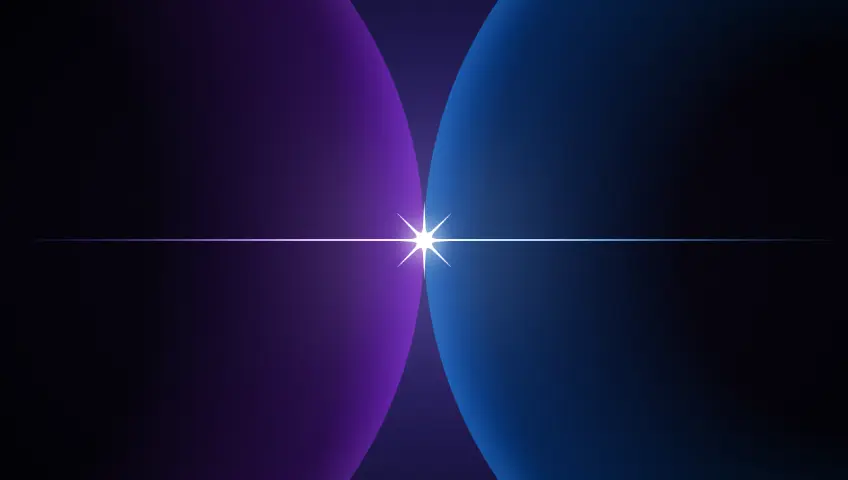LEVELISED COST OF ELECTRICITY BEFORE SUBSIDIES


Project Zero is not intended to be available for use, purchase, or access by U.S. persons, including U.S. citizens, residents, or persons in the United States of America, or companies incorporated, located, or resident in the United States of America, or who have a registered agent in the United States of America.
 Part 1 of 5·Published on 11 Sept 2024
Part 1 of 5·Published on 11 Sept 2024Approx 80% of greenhouse emissions are attributed to energy production and usage1. Energy is the biggest climate problem we have.
The industrialisation and subsequent electrification of the 20th century brought about unprecedented progress in human productivity, and unprecedented growth in our consumption of energy. While increased energy demand has by and large led to the flourishing of human education, healthcare and prosperity, it is a double-edged sword: it has created the corresponding challenges of producing and using it sustainably.
How’re we doing so far? Approximately 75% of greenhouse emissions are attributed to energy production and usage: more emissions than everything else we’re doing2. It is clear that meeting global energy demand sustainably is our key climate problem.
The stakes are only increasing. We need to electrify our society to move away from fossil fuels. And the engine of human progress is demanding more. We are experiencing two shifts with huge implications for our electricity demand: the electrification of transit; and the proliferation of AI and cloud computing.
In 2023, nearly one in five cars sold were electric, a six-fold increase since 20183. With every new EV on the grid, the equivalent of a small household’s worth of electricity is required to meet its demand, along with escalating the need for widespread public infrastructure to support a mature EV market. Estimates indicate that the global surge in AI will result in computers consuming up to 3-4% of global electricity by the end of 2030, quadrupling their share from today4.
We need to take full responsibility for how we produce the energy needed to drive progress. But our continued use of fossil fuels is not just down to short-sightedness or greed. It is the product of a system poorly designed to support its most viable alternatives.
Our energy systems are hurting progress. Ultimately, it is our grids that pose the greatest barrier to the renewable transition.
The mounting demands of technological progress are clear. If the solution was to simply “build more renewables” our task would be easy. But it’s not. There is no lack of desire (nor lack of funding) towards the development of large-scale renewable projects. Renewables– they are now cheaper than their fossil fuel counterparts. The problem is not cost or desire, it is the infrastructure required to support their deployment.
LEVELISED COST OF ELECTRICITY BEFORE SUBSIDIES

Our grids are poorly designed for renewables. Historically, concentrating and enlarging gas and coal plants yielded better heat efficiency and lower marginal costs of production. There was a clear incentive to centralise production, and the grid has been designed to accommodate that. But the same argument does not apply to renewables: colocating many solar panels or wind turbines does not yield marginal gains, and instead leads to reduced efficiency (e.g. due to wake loss) and exacerbates long grid connection timelines, intermittency fallout and line losses.
The reality is our grid infrastructure does not have the capacity to support the levels of renewable generation required to match the growing demand of our technology in the coming years. Current grid architectures are too centralised and no longer fit for purpose. This is choking our progress towards net zero.
It’s getting worse. Many badly needed renewable projects are halted or delayed due to limited grid capacity. UK grid connection wait times have more than doubled in two years, and it is now not unusual to observe over ten year wait times5. This is despite the National Grid predicting electricity demand in Britain to rise 64% by 20356.
We have approximately 80 million kilometres of grid today globally and, to reach net zero under the same system design, this would need to double by 20507. History would tell us not to rely on a multi-decade effort of global nations each working towards net zero in order to get there. Alternative approaches exist which do not depend on the grid supporting large, centralised renewable projects. We must find a way to adopt them.
The issues renewables are facing are avoidable via decentralisation. With a distributed network of flexible and renewable energy resources, we can reduce the load on the grid, while providing support for it to accelerate connection times and onboard more renewable projects. Such resources, such as solar, battery, and smart EV chargers, are often called distributed energy resources (DERs) and their integration for grid support virtual power plants (VPPs).
As supply moves into increasing intermittency, it necessitates a system that can flex demand and a colocation of generation and demand to accommodate it. This is most effectively achieved at the local level. But there are two barriers to adoption: (1) a lack of access to incentives and (2) long and complex installation procedures.
The right incentives are there, they are just hard to access.
At times when there is more renewable production on the grid, electricity is cheaper. If a participant can move their energy usage into greener periods, they are reducing their costs, while also benefiting the environment and reducing load on the grid and requisite cabling. The economic and environmental incentives are aligned.
The problem is that to date, it has been hard for real people to access and benefit from these incentives. The establishment of markets for DERs and VPPs is promising, but to date we have not had a solution that can scale across markets, while providing attractive incentives for adoption. We need to do better.
The electrification user experience is unreliable.
Users who want to install solar, batteries and other smart energy devices often face multiple issues: high upfront costs; opaque and non-standardised processes; unclear payback times; and poor installer discovery and accountability. Installers also suffer from non-standardisation, along with high customer acquisition costs and the lack of a cohesive installer CRM and payment solution. Additionally, lack of coordination results in high rates of cancellations and wasted time, SEIA reporting cancellation rates on solar installations of up to 19% and postponements of 53%8.
The result of this is often decision paralysis for the customer, and higher costs and operational overhead for the installer. In order to roll out new infrastructure, we need simple, accelerated installation services.
The objective is clear - speed up electrification, and make electricity cheap, clean, and abundant. We can do this by installing distributed energy resources, like batteries, solar, and smart EV chargers in homes and businesses, then using these resources to create a greener and more flexible grid.
Despite there being economic benefits to doing this, historically products have not been successful in (1) installing products in a simple and standardised manner, (2) communicating to users what actions need to be taken, and (3) passing on the benefits of those actions. We must solve this.
This document does not constitute an offer or solicitation for investment and it should not be construed or interpreted to be one. Project Zero tokens are not intended to be available for use, purchase, or access by U.S. persons, including U.S. residents, or persons in the United States of America, or companies incorporated, located, or resident in the United States of America, or who have a registered agent in the United States of America. The tokens are not and will not be available to such U.S. persons and should not be resold to such persons.
No regulatory authority has approved, whether formally or informally, of any of the information set out in this document. No such approval has been or will be sought under the laws, regulatory requirements or rules of any jurisdiction. This document has not been approved by any competent authority including, but not limited to, in any Member State of the European Union, in the United States of America, in the United Kingdom and in Jersey.
